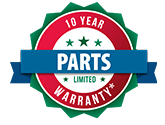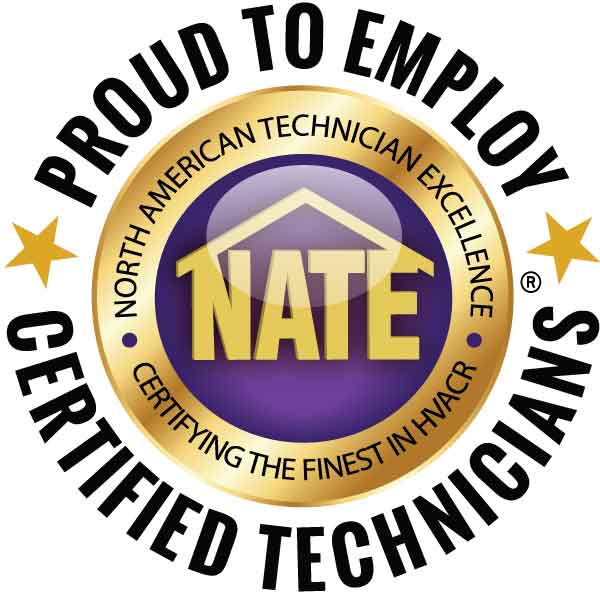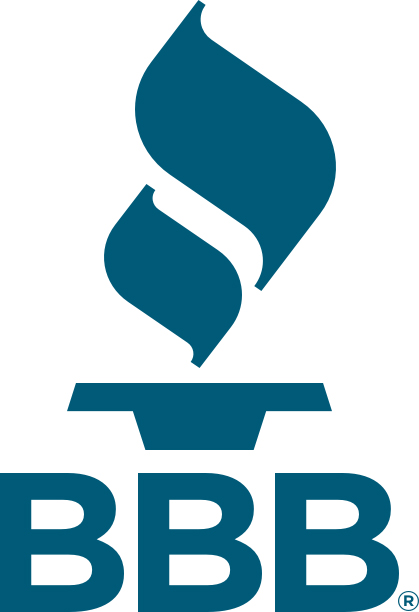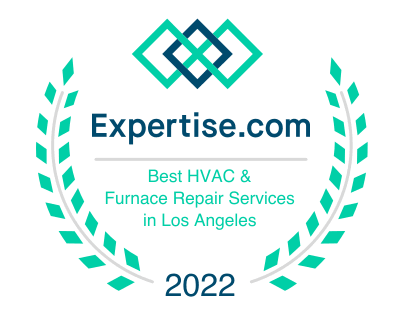Table of Contents
Introduction
In Southern California, maintaining a comfortable home during the cooler months requires efficient and reliable heating equipment. Choosing the right heating system for your home can not only improve comfort but also boost energy efficiency and reduce your utility bills. In this article, we’ll explore two of the most popular types of heating equipment in
Southern California: furnaces and heat pumps. By understanding how these systems work and the benefits they provide, you can make an informed decision when upgrading or maintaining your home’s HVAC system.
Furnaces: The Backbone of Heating Systems in Southern California
Furnaces are one of the most common types of heating equipment used in Southern California homes. They work by heating air and distributing it throughout your home via a duct system, ensuring that every room stays warm and comfortable during colder weather. Whether you have a gas, electric, or oil furnace, understanding the way furnaces work is crucial to maintaining their efficiency.
Furnaces are known for their powerful heating capabilities and ability to provide consistent warmth throughout the home. They come in several types:
- Gas Furnaces: These are the most popular type, especially in Southern California, due to the availability of natural gas. Gas furnaces are highly efficient and provide strong heat output. They work by igniting gas to create heat, which is then distributed throughout the home using ductwork.
- Electric Furnaces: Electric furnaces are another option, though they tend to be less efficient than gas furnaces. They work by using electric resistance heating elements to warm the air, which is then circulated through the duct system. While electric furnaces are easier to install and maintain, they are typically more expensive to operate due to the higher cost of electricity.
- Oil Furnaces: These are less common in Southern California but are still used in some older homes. Oil furnaces burn oil to produce heat, which is then distributed in the same way as gas and electric furnaces.
One of the major benefits of furnaces is their long lifespan. With proper maintenance, a furnace can last between 15 and 20 years, making them a reliable option for homeowners.
Heat Pumps: A Versatile Heating and Cooling Solution
Heat pumps are an increasingly popular option for Southern California homeowners because they provide both heating and cooling capabilities in one unit. These systems work by transferring heat, rather than generating it, which makes them highly energy-efficient. In the winter, a heat pump extracts heat from the outside air and transfers it indoors, and in the summer, it reverses the process to provide air conditioning.
There are several types of heat pumps:
- Air-Source Heat Pumps: These are the most common type of heat pump used in Southern California. They work by extracting heat from the outside air and transferring it into the home. Because Southern California has relatively mild winters, air-source heat pumps are ideal, as they are most efficient when outdoor temperatures are above freezing.
- Geothermal Heat Pumps: While less common due to their higher installation cost, geothermal heat pumps are incredibly efficient. They work by transferring heat from the ground rather than the air. Geothermal systems are extremely durable and can last for decades with minimal maintenance.
- Ductless Heat Pumps: For homes without existing ductwork, ductless heat pumps offer a convenient solution. These systems consist of an outdoor unit and one or more indoor air handlers, providing zoned heating and cooling without the need for extensive duct installation.
One of the key benefits of heat pumps is their energy efficiency. Because they move heat rather than generate it, heat pumps can be up to three times more efficient than traditional heating systems. This translates to lower energy bills and reduced environmental impact.
Maintenance Tips for Furnaces and Heat Pumps
Proper maintenance is essential for both furnaces and heat pumps to ensure their efficiency and longevity. Here are some maintenance tips that can help you keep your heating equipment running smoothly:
- Regularly Change Air Filters: Air filters trap dust and debris that can clog your system and reduce efficiency. For both furnaces and heat pumps, it’s important to change the air filter every 1-3 months to ensure proper airflow.
- Schedule Annual HVAC Maintenance: Having your heating system inspected by a professional once a year can help catch any potential issues before they become costly repairs. During a maintenance visit, the technician will check the system for any signs of wear, clean components, and ensure that everything is working correctly.
- Inspect Ductwork for Leaks: For furnaces, leaky ductwork can cause heated air to escape before it reaches its destination, reducing efficiency. Make sure to inspect your ductwork regularly and have it sealed if necessary.
- Clean Outdoor Heat Pump Units: For heat pumps, it’s important to keep the outdoor unit free of debris like leaves, dirt, and snow. A blocked outdoor unit can reduce airflow and cause the system to work harder, which increases energy consumption.
- Check Thermostat Settings: Make sure your thermostat is set to the correct temperature for the season. In the winter, aim for a temperature around 68°F for energy efficiency. A programmable or smart thermostat can help you optimize your settings.
Energy Efficiency and Savings
Both furnaces and heat pumps offer energy-efficient solutions for heating your home, but it’s important to choose the right system for your needs. Furnaces tend to provide stronger heating for colder climates, while heat pumps are ideal for Southern California’s mild winters.
Investing in an energy-efficient system can result in significant savings on your utility bills. Look for units with high AFUE (Annual Fuel Utilization Efficiency) ratings for furnaces or high SEER (Seasonal Energy Efficiency Ratio) ratings for heat pumps. These ratings indicate how efficiently a unit converts energy into heat, with higher numbers indicating greater efficiency.
Additionally, many utility companies offer rebates or incentives for upgrading to energy-efficient heating systems. Be sure to check with your local provider to see if you qualify for any savings when installing a new furnace or heat pump.
Conclusion
Understanding the differences between furnaces and heat pumps can help you choose the best heating system for your Southern California home. Both systems offer reliable and efficient heating, but your choice will depend on factors like energy efficiency, installation costs, and your specific heating needs.
Stay tuned for the next blog in this series, where we will explore cooling equipment and how it can help you stay comfortable during Southern California’s hot summer months.
Contact SoCal Climate Control Heating and Air Conditioning
For expert advice and service on heating systems like furnaces and heat pumps, contact SoCal Climate Control Heating and Air Conditioning today. Our certified technicians can help you choose the best heating system for your home and ensure it operates efficiently year-round. Call us at (833) 202-0763 or visit our website to schedule your consultation. We proudly serve Southern California, including Los Angeles County and Ventura County.











